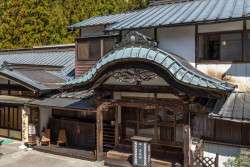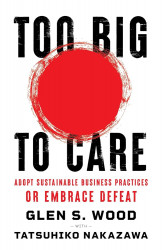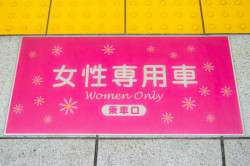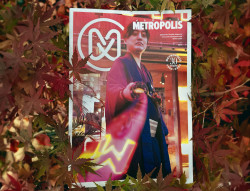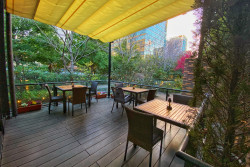
Originally published on metropolis.co.jp on September 2013

Before dubstep blew up into mainstream “brostep,” Tokyo’s Takeaki Maruyama had cultivated a reputation among dubstep followers as the Far East’s premier exponent of the style’s tectonic bass lines and thunderous one-drop drum patterns. When Metropolis reaches the artist known as Goth-Trad, he’s busy testing out new sounds for the next evolution in his creative trajectory.
Maruyama, it turns out, came upon dubstep by happenstance. His roots weren’t so much in classic dub or bass music, as in industrial, down tempo hip-hop and the experimental noise scenes. But when his 2005 album Mad Raver’s Dance Floor serendipitously found commonality with the productions of England’s budding dubstep community, Goth-Trad became known as Japan’s first dubstep artist. His music is released on UK imprint Deep Medi Musik, whose label head, Mala, is one of dubstep’s most respected impresarios.
“My music was pretty well received in America and Europe, and I became known as a dubstep producer,” he reflects. “But it was really only by chance that my music came to have a dubstep feel. So now I’m taking one step away from the scene and moving in a more experimental direction again.”
It’s a logical return for Goth-Trad to the overtly investigational quality of his first two albums, 2003’s Goth-Trad I and 2005’s The Inverted Perspective. But for anyone who got to know Maruyama via the killer dancefloor tracks of Mad Raver’s Dance Floor, New Epoch, or his monthly Back To Chill events in Shibuya, their aggressive sonics come as quite a surprise.
“My second album was essentially noise music. I started producing around 1999, doing very dark stuff that grew progressively experimental,” he recalls. “I was into live music more than the DJ scene. Rather than using synthesizers I would producing sounds myself from metal parts, and make effects machines from internet schematics. So I am really relatively new to clubland.”
Goth-Trad has mixed feelings about the brostep scene that exploded in North America around 2010, exemplified by artists such as Skrillex, whose set it should be noted was in fact one of the highest rated (if begrudgingly by some) at this summer’s Fuji Rock.
“It was what came after that really surprised me,” he continues. “For me dubstep was progressive, experimental music. There was no set format to it. So when it became an established commercial form around 2010, it was a shocker. There were too many dubstep DJs glomming onto the trend and it became a bit bland.”
Maruyama celebrates the seventh anniversary of his signature Back To Chill [named for the track] events at its home in Shibuya’s venerable Club Asia this weekend. With the event, not only has he brought dubstep to Japan, he’s also cultivated a generation of domestic producers.
“I started Back To Chill to introduce the dubstep scene to Japan. And I think we’ve been able to develop the culture here too,” he says.
Despite the success of Back To Chill, it—and dubstep itself—remains a relatively underground phenomena in Japan.
“Maybe the reason brostep doesn’t take off in Japan is due to the Japanese character,” Maruyama offers. “Brostep is a druggy, rave-y style that perhaps doesn’t appeal to Japanese. Japanese are very serious about their music, and that’s the scene I grew out of. Sometimes I find the DJs in America and Europe a bit boring from a musical point of view. In Japan, you really have to be a good DJ—you can’t just play to the crowd.”

